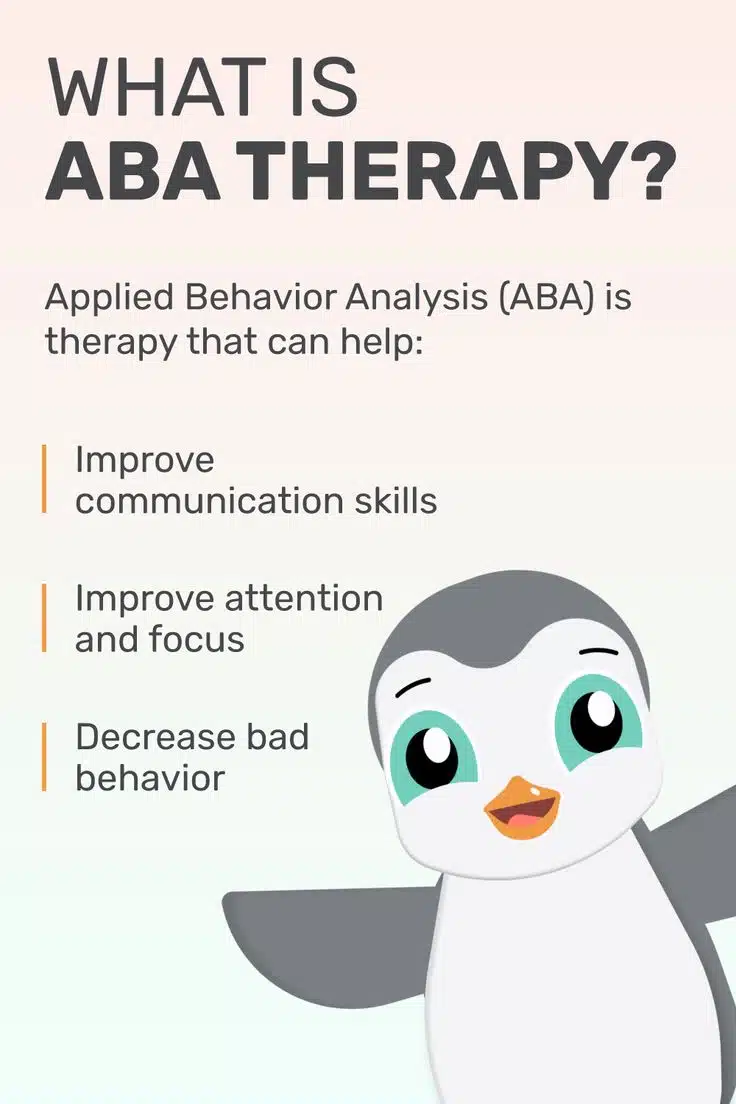Let’s meet Charlie, a delightful nine-year-old navigating the challenging world of tying his shoelaces. Shoe-tying is complex, but using task analysis in ABA can make it more manageable for him. Here’s how we get there:
- Step 1: Maintain focus. Charlie’s task is to keep his eye on the shoelaces.
- Step 2: Hold the laces. Charlie learns to firmly grasp each lace in his hands.
- Step 3: Create loops. Guided by their parents, Charlie loops each lace around his fingers.
- Step 4: Tie a knot. Charlie now brings both loops together and ties a knot.
- Step 5: Tug tight. The last step is Charlie pulling the loops tight to secure his shoes.
This story shows practical task analysis, breaking Charlie’s goal into manageable steps. It’s not overnight magic; with consistency, Charlie gains confidence and masters his shoelaces. Cheers to small wins!














